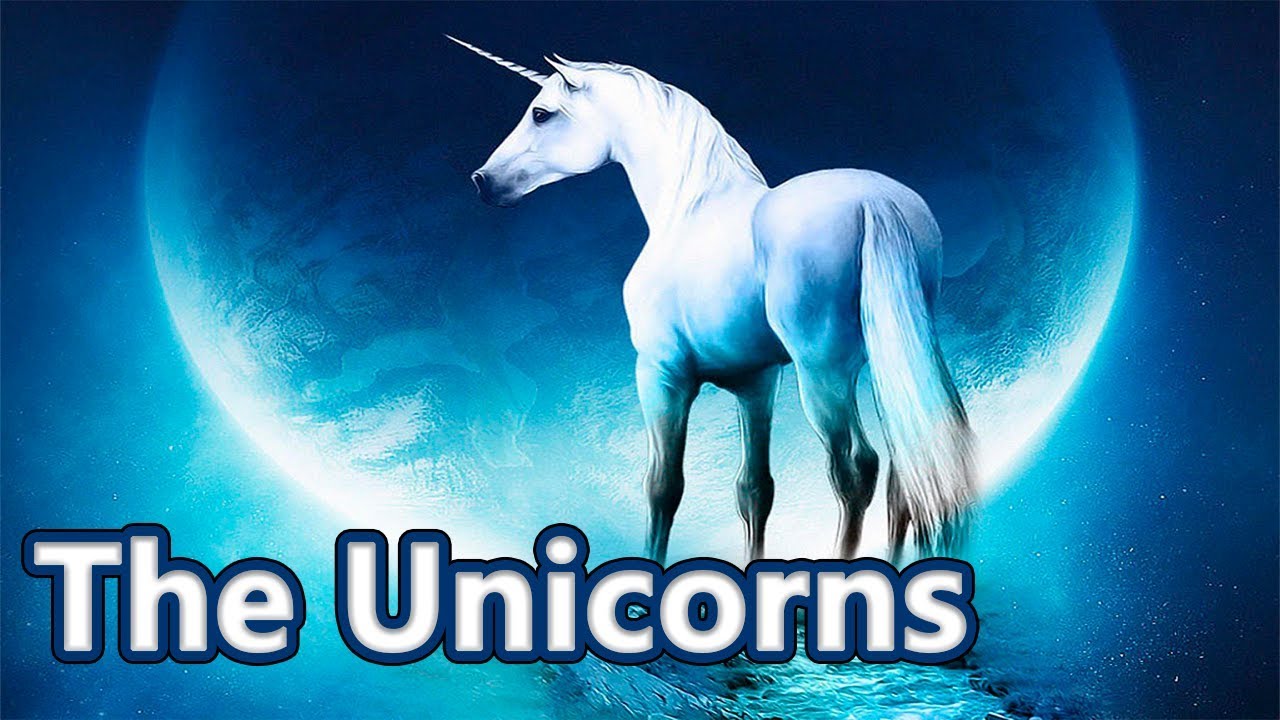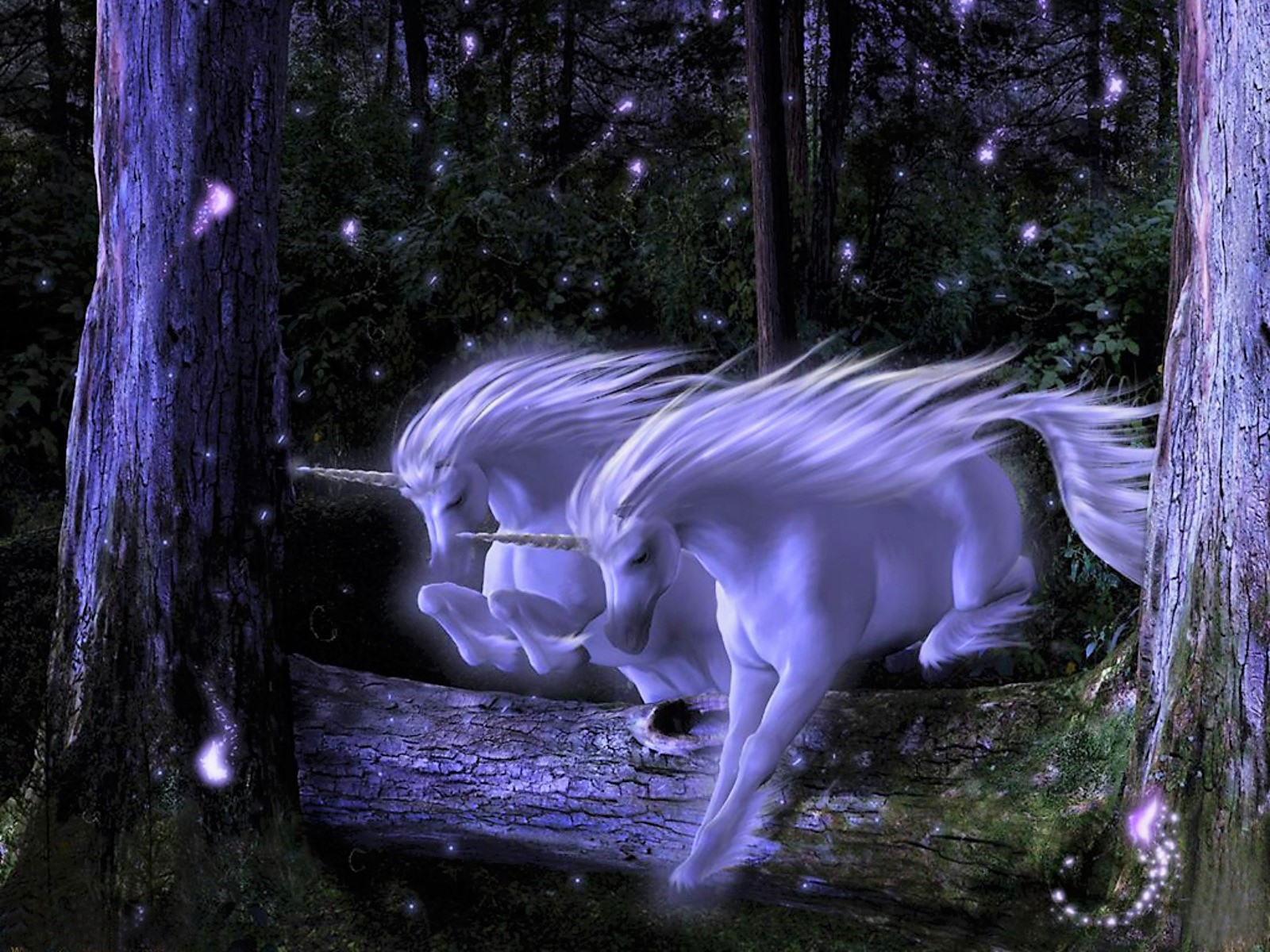If you have a child, then you probably know all about the magic of unicorns. They are a part of modern culture, and have become a part of movies, online games, books, and social media, but today perhaps the most common portrayal of unicorns is through memes.
Memes are important for cultural development and they usually encompass some catchy phrase, an unusual story or a funny image. Unicorn memes predate the internet, and they do spread pretty fast now that social media is so popular.
But, have you ever wondered how they came about? What do they represent? The discussion on whether or not unicorns are real depends on you, but don’t always be too quick to judge, this solitary creature is thought to have lived deep in the forests and could only be seen by a few chosen people.

Table of Contents
Let’s Delve Deep into Unicorn Mythology
For most people, the mention of Unicorns conjures up images of white radiant horses that have flowing manes and one single horn in the middle of their foreheads. You will be surprised to learn that this is just one version of this mythical creature.
The legendary unicorn from other cultures actually bears very little resemblance to this fairy-tale version that is usually depicted in most children’s stories and videos in America.
Here Are Some Other Unicorns
Chinese Mythology Unicorns
In Ancient Chinese Mythology, The Unicorn called Qilin actually holds a high place since the time of Confucius. He is believed to be among the mythical monsters who were the sons of dragons and had the ability to judge good and evil.
He has a dragon head, with greenish and blue scaly skin. He also has the tail of a bear, and cloven hooves. He often has more than one horn, and he is believed to have lived more than 2000 years ago.
The Turkish Unicorn Mythology
The Turkish Unicorn that goes by the name Kartijan, or Karkadann was thought to be an extremely ferocious beast with a massive horn and body. According to myths, he could outrun any beast in the forest and had a thundering gait which shook the earth.
His voice was so frightening that it could chase away all animals but for the ringdove whose song would lull the beast.
The Medieval Unicorn Mythology
The Unicorn from Medieval times is what likely gave rise to the current western version of the Unicorn. He was based on the bible, and people of the time assumed him to have been a real animal. According to scientists, the unicorn was actually a wild ox.
This is found in the book of Physiologus that described him as an animal. To please the church, each animal had a human trait and also served as an allegory of the biblical teachings. This unicorn was portrayed as uncatchable and untamable, except by a virgin.
This Unicorn was then associated with the Virgin Mary and Christ, and led to the symbolism of Unicorns as being gentle and pure creatures that discerned the truth.
The Greek Unicorn Mythology
It is surprising that legends and myths of the unicorn had no part to play in Greek mythology. They were associated with the gods and goddesses. However, one Greek doctor who was called Ctesias gave people the first written description of this mythical creature after he visited Persia and heard the stories of unicorns from an Indian traveler.
According to him, the Unicorn was a massive white beast that looked like a big horse. He had a red head and a single horn on top of his forehead.

Conclusion
Unicorn enthusiasts usually claim that in order to avoid hunters who threatened the existence of the unicorns, they took to the sea. For them to survive the waters, they evolved and became narwhal which is a sort of whale-like creature.
These are all myths, but the topic of Unicorns has existed for centuries. Sometimes we like to assume that we have seen one so we can seem special. We may never know whether they are real or not, but we do love the world of make believe, especially with our kids.
.
